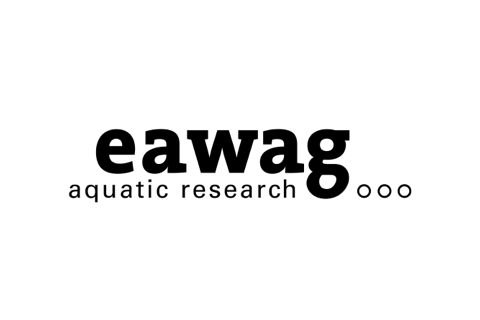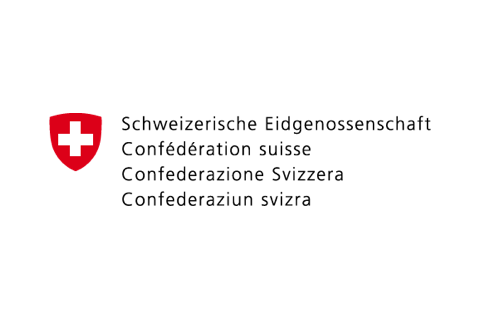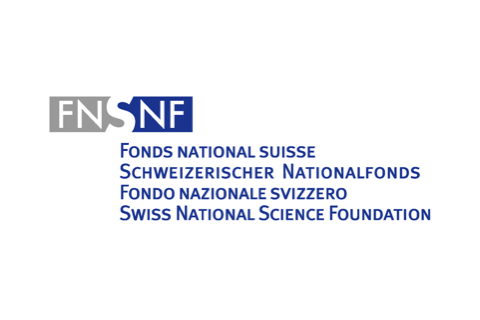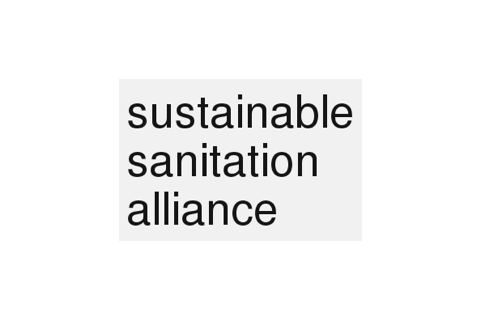SaniChoice allows to compare Sanitaiton systems regarding their System Appropriateness Scores (SAS) and resource recovery and loss potentials, as well as additional decision criteria.
System Appropriateness Scores
The System Appropriateness Score (SAS) expresses the confidence in how appropriate a system is for a given application case. It is obtained by aggregating the Technology Appropriateness Scores (TAS) of the technologies used in the system. The system appropriateness score can take values from 0 % to 100 % with 0 % being totally inappropriate and 100 % being fully appropriate. The aggregation is done using a formula that mimics a compromise between the product of all TAS and the geometric mean using a weighting factor alpha. Alpha is chosen in such a way that longer systems are not penalised over shorter, but a benefit is still provided for simpler systems over longer ones.
Resource Recovery and Losses Potential
Resource recovery from sanitation refers to sanitation systems where sanitation products are safely converted to recover either nutrients, organics, energy, or water. To be safe, the final products should not pose any significant health threat or environmental impact.
When correctly used, resources recovered from sanitation systems can make a critical contribution to a circular economy and a more sustainable society. They potentially also contribute to cost recovery. Therefore, resource recovery and loss potentials from sanitation system have become more relevant in strategic sanitation planning in recent years.
To provide quantitative information on resource recovery, SaniChoice uses a simplified substance flow model and transfers coefficients from literature and expert judgement. The quantified substances are phosphorus and nitrogen (as the most important macro-nutrients), total solids (as an indicator for organics and energy) and water. For each substance and sanitation system, SaniChoice provides estimations on how much is either recovered or lost to soil and groundwater, air, or surface water. Also, the uncertainty of the estimations based on uncertainty of transfer coefficients is provided. Read more about substances.
Additional Evaluation Criteria
System Complexity
The complexity of a sanitation system is defined here by the total number of connections between technologies within a system. A system has as least X-1 connections if X is the number of technologies. For instance, a system with three technologies has at least two connections but can also have more. Thus, systems with many technologies and many connections are judged as more complex.
CAPEX Requirements
The capital expenditure requirement level presents an indication of the expected level of costs that will arise from the implementation of a given technology. It is based on the estimation of required resources using expert judgement. Three types of required resources are considered, namely, material, labour, and land. The criterion investment requirements can indicate the investment cost levels when considered together with local market prices for different resources.
The judgement is made by comparing technologies per functional group. For technologies from the functional group U and S, the judgement is made based on one typical unit and not per user. For technologies belonging to functional groups C, T, and D, the judgement is made for applications of comparable scale and per user.
For each technology, the quantities of material, labour, and land are individually judged and allotted a value 1, 2, or 3 indicating low, medium, high, respectively. The final score for any technology is then determined based on the sum of points from the above three parameters assuming that they all have the same weight.
- Low cost (3 points): means that only small amounts of material, labour and land are required.
- Medium cost (4 to 6 points): implies that medium amounts of material and/or labour and/or land are required.
- High cost (7 to 9 points): implies that large amounts of material and/or labour and/or land are required.
The investment and operation requirement level is not meant to provide sufficient information to select a certain technology. It merely provides additional information for comparing different sanitation system configuration options. It must be looked at together with other criteria such as resource recovery, emissions, or appropriateness. A key consideration is also that the final costs not only depend on local market prices but also on economies of scale and who of the stakeholders will pay for the costs depending on different technologies. Thus, for a detailed evaluation and selection of the most preferred option, investment and operation requirement levels are not enough but a context-specific cost estimation will be required based on local unit prices, financial arrangements, and economies of scale.
OPEX Requirements
The operation expenditure requirement level presents an indication of the expected level of costs that will arise from the implementation of a given technology. It is based on the estimation of required resources using expert judgement. Three types of required resources are considered, namely, material, labour, and electricity/fuel. The criterion operation requirements can indicate the operation cost levels when considered together with local market prices for different resources.
The judgement is made by comparing technologies per functional group over a lifetime of 10 years. For technologies from the functional group U and S, the judgement is made based on one typical unit and not per user. For technologies belonging to functional groups C, T, and D, the judgement is made for applications of comparable scale and per user.
For each technology, the quantities of material, labour, and electricity/fuel are individually judged and allotted a value 1, 2, or 3 indicating low, medium, high, respectively. The final score for any technology is then determined based on the sum of points from the above three parameters assuming that they all have the same weight.
- Low cost (3 points): means that only small amounts of material, labour and electricity/fuel are required.
- Medium cost (4 to 6 points): implies that medium amounts of material and/or labour and/or electricity/fuel are required.
- High cost (7 to 9 points): implies that large amounts of material and/or labour and/or electricity/fuel are required.
The investment and operation requirement level is not meant to provide sufficient information to select a certain technology. It merely provides additional information for comparing different sanitation system configuration options. It must be looked at together with other criteria such as resource recovery, emissions, or appropriateness. A key consideration is also that the final costs not only depend on local market prices but also on economies of scale and who of the stakeholders will pay for the costs depending on different technologies. Thus, for a detailed evaluation and selection of the most preferred option, investment and operation requirement levels are not enough but a context-specific cost estimation will be required based on local unit prices, financial arrangements, and economies of scale.
SaniChoice might not be enough to take a final decision.
Further criteria need to be evaluated independently and differ in different applications, but often include a more detailed assessment of the costs, service delivery models and health risks.




